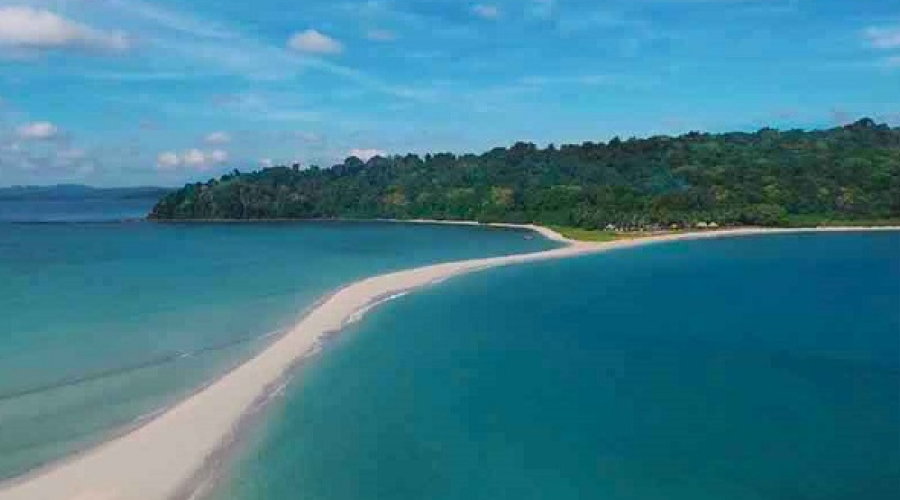The Andaman and Nicobar Islands are situated in the middle of the Bay of Bengal. It has a distinct and unique vibe that is different from any other place in India. Andaman and Nicobar boasts of a rich and diverse cultural heritage that has been shaped by the indigenous tribes, settlers and visitors over a long period of time and has been deeply influenced by historical factors.
Suggested Read: Fairs and Festivals in Andaman and Places to visit in Andaman
It is a major traveller’s destination and each year it sees lakhs of visitors each year that include thousands of foreign visitors majorly from the United States, Bangladesh and Australia. In the year 2018 the number had crossed the 400,000 mark while in 2018 it had reached close to the 5,00,000 mark. People plan vacation to the sandy beaches of Andaman to enjoy solitude, natural beauty and experience some safe yet adrenalin pumping adventures. The serene islands of Andaman are also known for its diverse bird species and is known as a paradise of birds. Experts opine that the Andaman Islands are home to at least 270 different species of birds, including the migratory and endemic birds.
The primary attractions of the various major and popular bunch of islands of Andaman are Mahatma Gandhi Marine National Park, Cellular Jail, Viper Island, Chatham Saw Mill, other than the famed beaches such as Radhanagar Beach and Elephant Beach in Havelock and Bharatpur, Laxmanpur and Sitapur Beaches in Neil Island. These make up some popular tourist places in Andaman and Nicobar Islands. Most people visit Andaman and Nicobar Islands in search of peace and solitude and to relax amidst nature. Some love the incredible opportunities for adventure tourism.
You can check best tourist places in Andaman
Indigenous Tribes and Culture They Carry
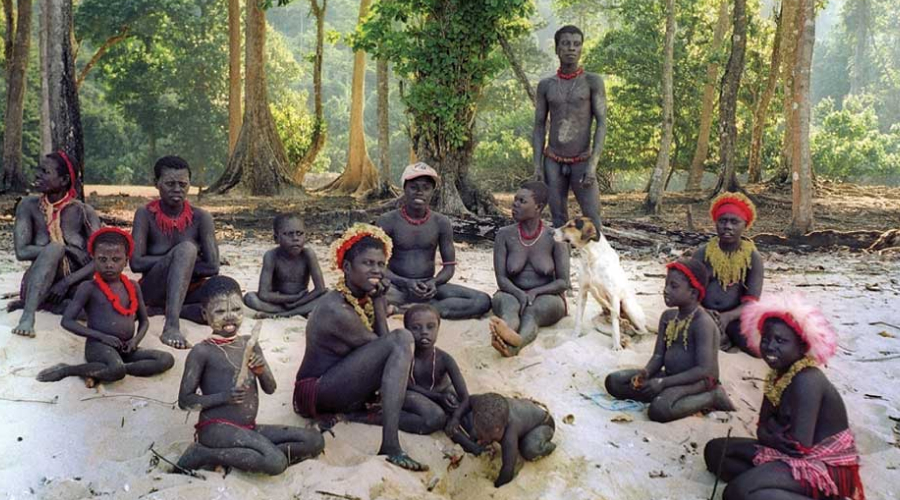
A major allure of the Andaman Islands is the mysticism and mystery associated with the tribes in Andaman who have been living on the islands for tens of thousands of years, preserving their distinct cultures, customs and traditions. They have a strong bond with the pristine natural surroundings and are still found to have held on to their primitive lifestyle. Even in the modern age, they subsist through hunter-gatherer lifestyles and depend upon the benevolence of the lush tropical forests and the wide open seas for their livelihood.
The islands have been a safe haven or home to several indigenous tribes, that include the rare and dwindling races of Great Andamanese, Onge, Jarawa, Sentinelese, Nicobarese and Shompen. Each tribe has its own distinct language, customs, traditions and their way of life, deeply intertwined with the natural environment. Most of these tribes have very limited contact with the outside world and are gravely reluctant in initiating connection with the rest of the civilization. They staunchly persevere to preserve their unique cultural identities.
You can also check our customize Andaman Tour Packages
Nicobarese Culture
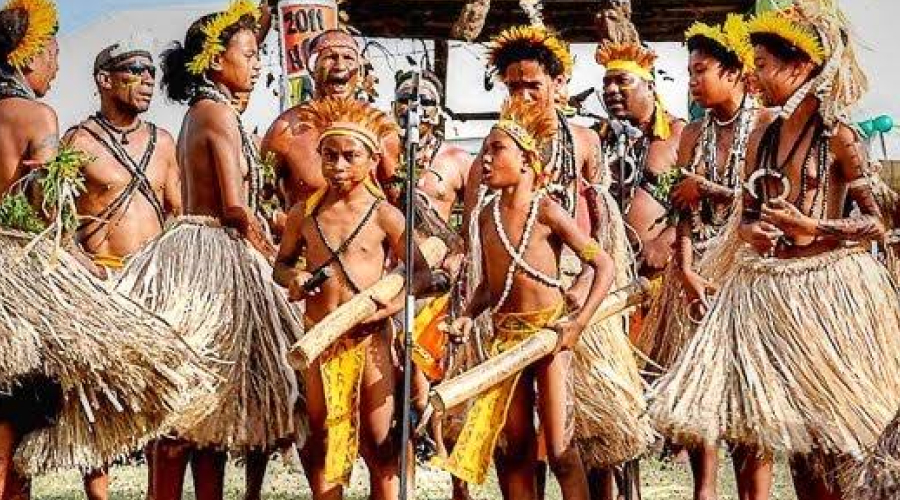
The Nicobarese are people who inhabit the Nicobar Islands. Andaman usually sees more tourists compared to Nicobar. They have a vibrant culture that is fostered by their close-knit community lifestyle. Fishing and agriculture are fundamental means of livelihood for the Nicobarese way of life. Fishing is done both at subsistence and at commercial levels. Fishing plays a significant role due to the islands having a coastal location. The coastal Nicobarese population engage in various fishing methods, including net fishing, using canoes and traditional techniques passed down through generations. Agriculture involves cultivating crops like coconut, betel nut, banana, and root vegetables. It is a treat to watch the basic ways of life when you visit and explore these parts of the Andaman and Nicobar archipelago. They are known for their distinctive dances, music, handicrafts, and folklore. The Nicobari houses are built uniquely on stilts with palm leaf thatching and this method reflects their traditional architecture.
Cultural Festivals
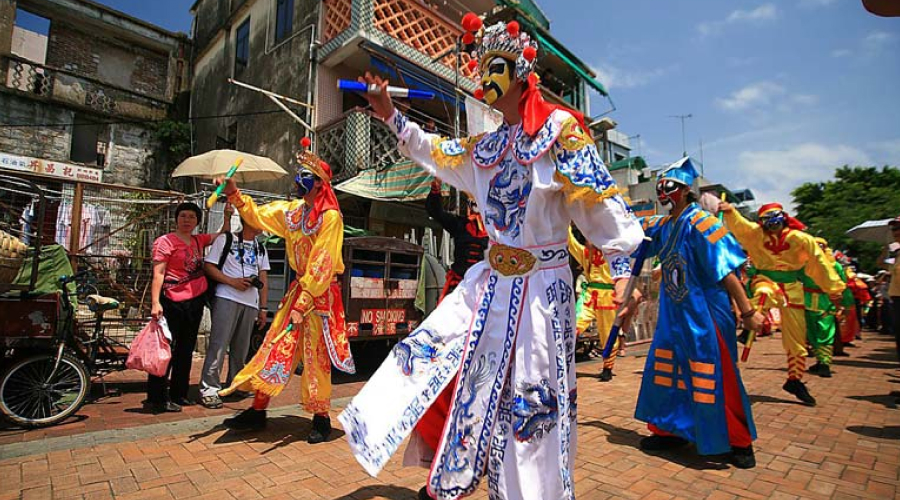
Various unique and diverse cultural festivals and events are celebrated in different parts of the islands.
- Island Tourism Festival is an annual event that is usually held in January. It is celebrated as the cultural heritage of the islands and includes cultural shows, exhibitions, food festivals and various performances.
- Subhash Mela commemorates the visit of Netaji Subhash Chandra Bose to the islands during India’s struggle for independence. This festival is celebrated through colourful cultural programs, exhibitions and sports events.
- Nicobar Music Festival is a celebration of music and cultural performances showcasing the talents of local artists from the various Islands.
- Indigenous Tribal Festivities are conducted by the various indigenous tribes in the Andaman and Nicobar Islands. These are their own traditional festivals and ceremonies, which are mostly not allowed to be participated by outsiders. These are sort of private and closed ceremonies that protect and preserve their cultural heritage.
These festivals and events in the Andaman and Nicobar Islands highlight the unique traditions, dances, music, and cultural practices of the local communities. The vibrant celebrations offer a glimpse into the diverse heritage of the region.
Mouth-watering Cuisine Spread of Andaman and Nicobar
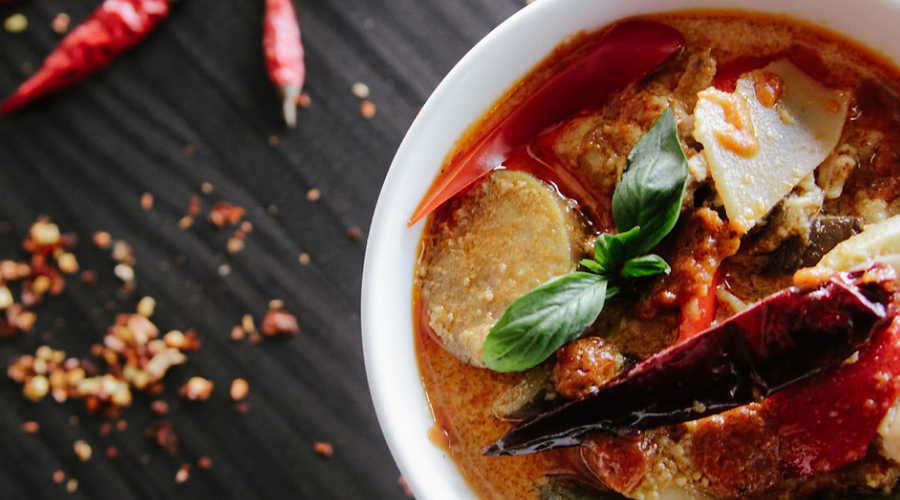
The cuisine of the Andaman and Nicobar Islands is a delightful blend of flavours influenced by the indigenous tribes and settlers. Seafood plays a significant or let’s say a dominant role due to the islands’ coastal location. Fruits also contribute to being a popular part of the menu. Dishes like fish curry, coconut-based preparations, and indigenous fruits showcase the local culinary diversity. Among seafood delicacies, one of the most popular dishes you can try here is curried prawns. The prawns used in most local preparations are usually fresh catch caught from the Bay of Bengal. If you are a fruit and juice lover, in Andaman enjoy refreshing beverages made from tropical fruits such as coconut water, pineapple juice and other fruit-based drinks. Enjoy the street food specialities of Andaman and catch the local markets and streets, where you shall find street vendors selling snacks like fried fish, fish cutlets, pakoras (fritters) and various other savoury items prepared from locally available ingredients. With the dishes such as biryani, dosa, idli and various types of breads you shall find the reflection of the distinct influences of mainland Indian cuisines.
You can check best food in andaman
Arts and Crafts of Andaman
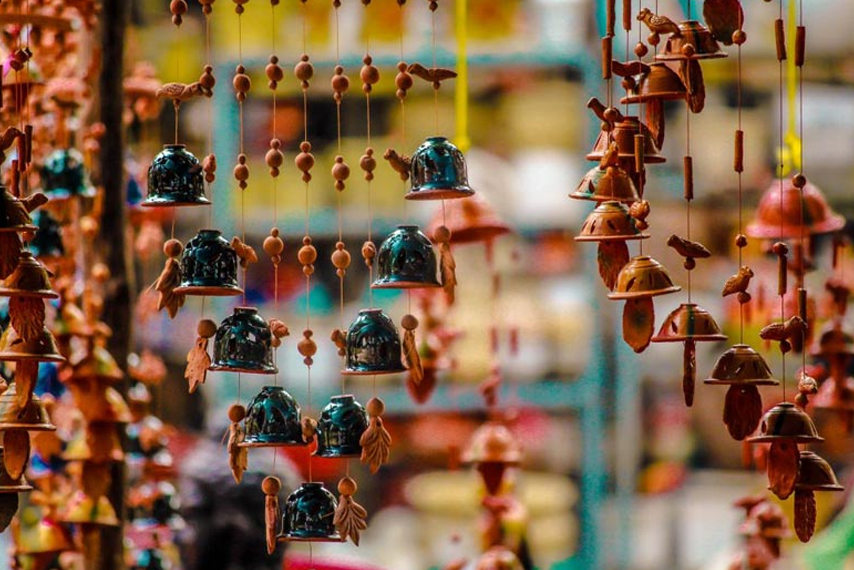
With the unfolding of the arts and crafts of the region, we enjoy the brilliance of creativity and skill of the local artisans. Handicrafts such as shell crafts, wood carvings and bamboo cane craft are an integral part of the cultural heritage of the islands. These beautiful artifacts and souvenirs reflect the island’s natural beauty and symbolises the cultural richness.
- Artisans weave bamboo to make baskets, mats, lampshades, trays, and even furniture. The craftsmanship involves intricate weaving techniques passed down through generations.
- Similarly, skilled craftsmen create beautiful wood carvings using timber sourced from the islands. They carve intricate designs and patterns on items like sculptures, masks, figurines, and decorative pieces, often depicting local flora, fauna, and tribal motifs.
- Pottery-making exists among certain communities. Local potters create earthenware, pots, and clay items, often showcasing unique designs and patterns.
- Tribal crafts include basketry, beadwork, traditional clothing and tools made from locally available materials but are practiced strictly within the boundaries of the communities.
- The paintings and artwork prepared by the local artists are inspired by the scenic beauty, wildlife and cultural milieu of the islands. These paintings are often sold in local markets and art galleries.
- The vibrant array of souvenirs available for visitors include items such as handmade jewellery, keychains, decorative items and small portable pieces of artwork that serve as mementos or keepsakes. These are bought by tourists joyfully to be gifted as a mark of the islands’ unique culture.
Religion in Andaman and Nicobar Islands
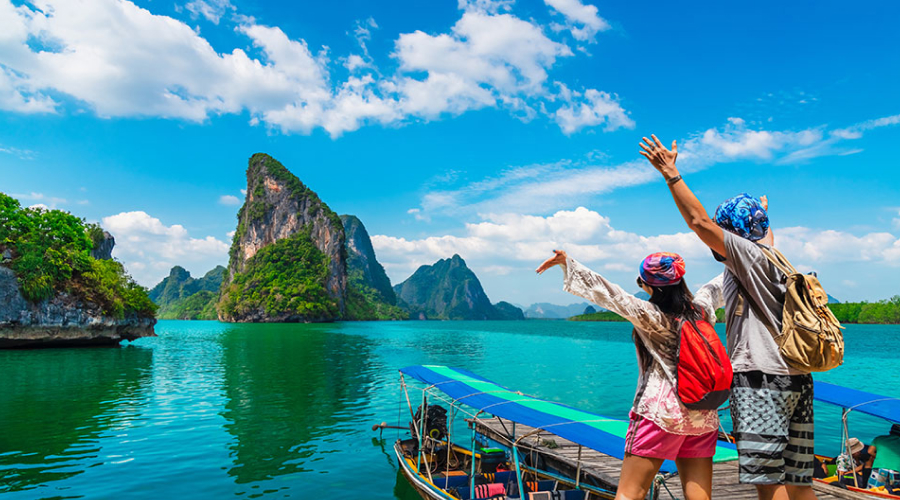
Most of the tribal people inhabiting the Andaman and Nicobar Islands believe in a religion that can be explained as a form of monotheistic Animism. The tribal people of these islands believe that Puluga is the only deity and is responsible for everything happening on Earth. The thoughts are deeply rooted in their culture, traditions, and connection to nature. These beliefs often involve showing unfathomable dedication towards the natural elements, spirits and ancestors. The specific religious practices of these tribes are typically not to be shared with the outside world due to their isolation of the communities and their grave innate desires to preserve their values and lifestyle in its pure form. The religious fabric of the Andaman and Nicobar Islands showcases a harmonious coexistence of different faiths and cultural practices. We have the practice of Hinduism as one of the major religions in the Andaman Islands. The Hindu population includes settlers from mainland India who have established temples and actively follow their faith. Then we see Christianity to have a significant presence in the Andaman and Nicobar Islands. Missionaries and Christian settlers have contributed to the establishment of churches and Christian communities across the islands. Both Catholic and Protestant devout Christians are to be found. Islam, though a minority community, exists in the islands, and contributes to religious diversity. Mosques are present in certain locations catering to the Muslim community practices.
Languages spoken in Andaman and Nicobar Islands
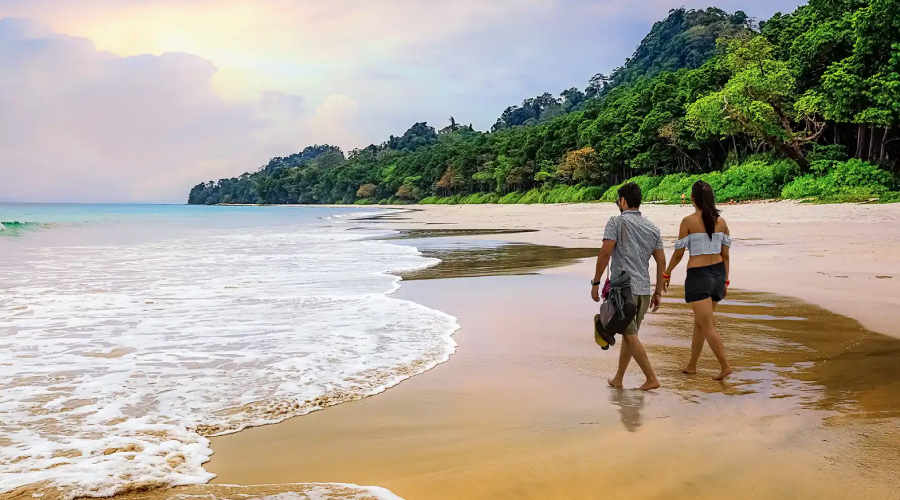
Multiple languages are spoken across the islands, including Nicobarese, Bengali, Tamil, Telugu, Hindi along with various indigenous tribal languages. This linguistic diversity is a testament to the historical migration and settlement patterns in the region. Bengali is one of the widely spoken languages, especially among settlers and government officials in the Andaman Islands. It’s used in administration, commerce, and daily communication. Hindi serves as a lingua franca and is spoken by a significant number of the populace. It is often used as the means of communication between people from different linguistic backgrounds. Tamil and Telegu also have a significant number of speakers among the islanders. The Nicobar Islands are home to the Nicobarese people who speak various Nicobarese languages and dialects. These languages, such as Car, Nicobarese, Shompen, and others, are spoken within the indigenous communities. The indigenous tribes in the Andaman Islands have their own languages, such as Great Andamanese, Onge, Jarawa and Sentinelese.
Conservation Efforts and Why It Is Needed
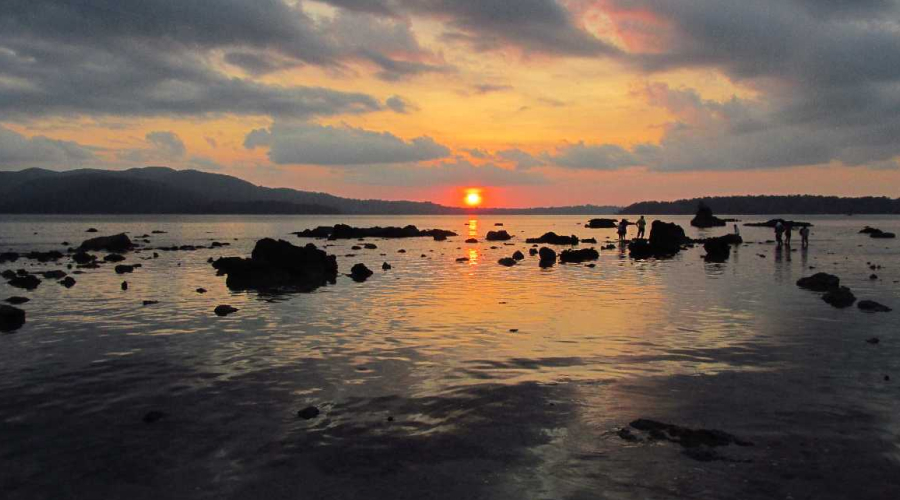
Efforts are ongoing to preserve the unique cultural heritage of the indigenous tribes while respecting their desire for isolation. The Indian government and various organizations work on initiatives aimed at protecting their rights, traditions and ways of life. The Indian government has implemented strict regulations to this effect. Laws like the Andaman and Nicobar Islands (Protection of Aboriginal Tribes) Regulation and the Scheduled Castes and Scheduled Tribes (Prevention of Atrocities) Act aim to safeguard their cultural practices and prevent exploitation. Visits by outsiders to these restricted areas are prohibited to prevent unwanted contact that could endanger the tribes’ well-being. This helps in preserving and documenting their unique cultural heritage for future generations. Ethnographic studies and documentation efforts are conducted by anthropologists and researchers to understand the cultures, languages, traditions, and customs of the indigenous tribes. Educational programs, workshops, and awareness campaigns are conducted to sensitize the general public, tourists, and authorities about the importance of preserving indigenous cultures.
Conclusion
The culture of the Andaman and Nicobar Islands is a beautiful tapestry woven from the traditions, languages, arts and customs of its diverse inhabitants, making it a fascinating blend of indigenous heritage and contemporary influences.


